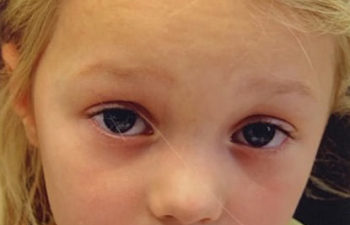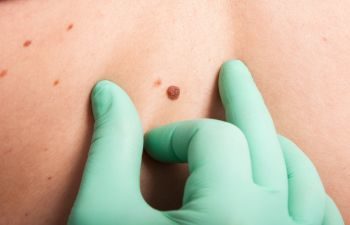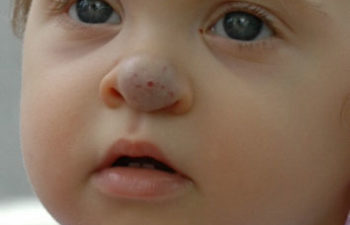When Should I Be Concerned About My Child’s Mole?

Moles, more uncommonly known by their medical term “nevi”, are odd skin growths that can trigger various concerns. People can be born with moles or develop moles throughout their lifetime. Moles are not at all uncommon, and the vast majority of them are benign and completely harmless. Some even consider strategically placed moles a “beauty… Continue reading








